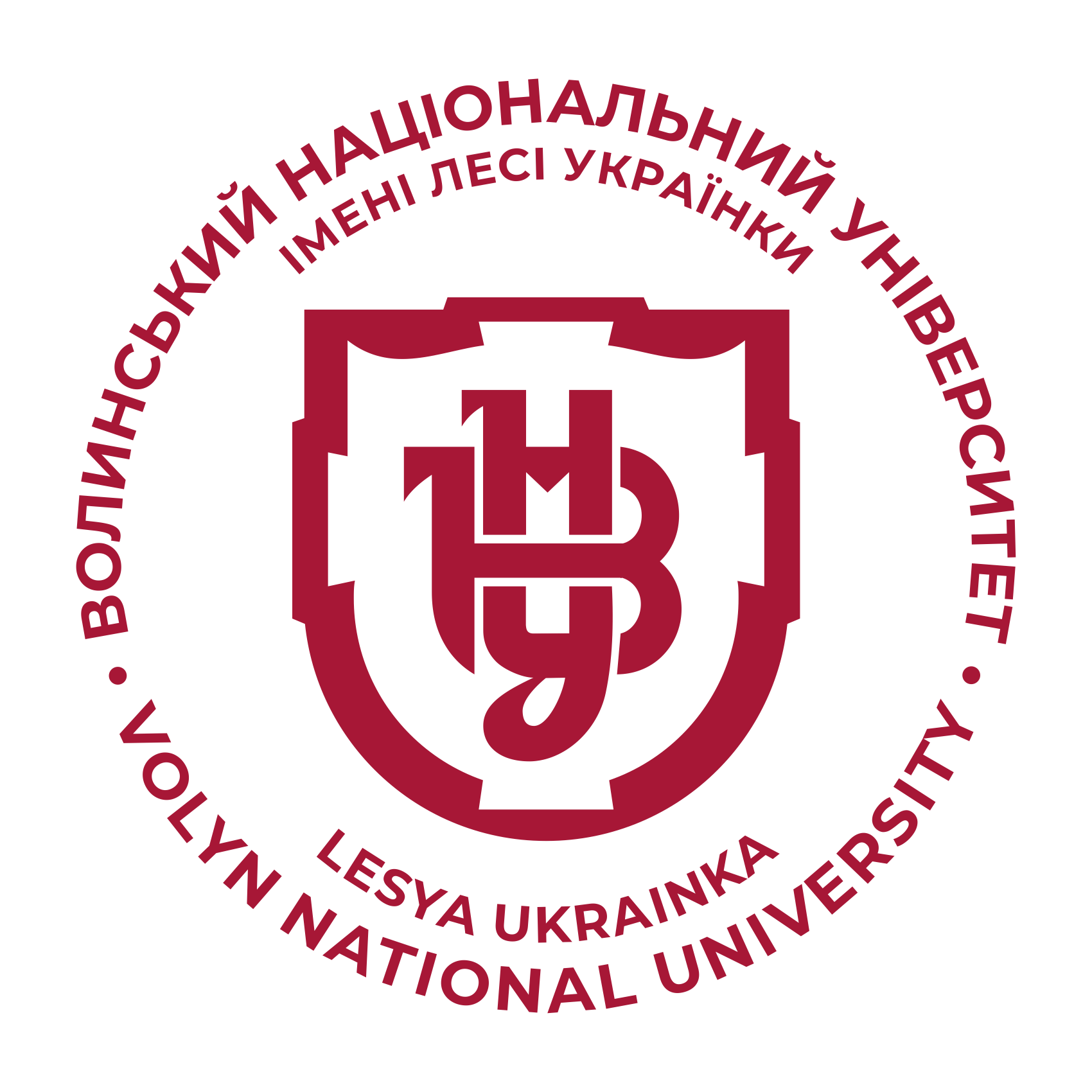PERSONNEL CONTROL AS A TOOL OF EFFECTIVE ENTERPRISE MANAGEMENT
DOI:
https://doi.org/10.29038/2786-4618-2021-02-108-118Keywords:
personnel controlling functions, efficiency of personnel controlling functions, conditions of personnel controlling formation, personnel controlling mechanismAbstract
Personnel controlling provides modeling of the main parameters depending on the strategic goals and objectives of the organization as a whole and the personnel management system.
The purpose of the article is to further develop the theoretical provisions and develop sound practical recommendations for the formation of a model of personnel controlling as a tool for effective management.
It is established that personnel controlling and a systematic approach to enterprise management are identical and are characterized by the formation of management goals, obtaining the maximum effect in achieving them through a comparative analysis of alternative ways and methods of achieving goals and making choices. Therefore, controlling staff requires the use of a certain set of tools
It is substantiated that personnel controlling is based on the following aggregate functions: optimization of personnel employment, work organization, acquisition of competencies and their use, assessment of skills and efficiency of work, formation of work environment, motivation, democratization of management.
It is proved that the creation of a hierarchically structured system of personnel control, which combines the goals of the enterprise and employees involves: designing a system of planning, control, collection of information and data, which are tools used in real HR-processes and their improvement; optimization of human resources formation and their optimal use; clear and transparent definition of the role of employees in achieving the results of the enterprise; providing reliable information to decision makers in order to avoid losses and make wrong decisions.
A method for determining the level of efficiency of individual functions of personnel controlling is proposed. It includes the following stages: determination of criteria for evaluation of individual aggregate functions of personnel control, their comparison with the indicators and characteristics used in the personnel management system and enterprise development; introduction of a meaningful rating scale of each indicator, its characteristics; determination of the specific weight of each criterion; calculation of the level of efficiency for each criterion and analyzed function; analysis of data that assess the level of effectiveness and efficiency of individual functions, determining the level of efficiency of human resource management. The methodology allows to identify weak (critical) points of human resources management (methodological requirement of controlling), to establish ratings in terms of economic effects for the enterprise, the necessary sequence of eliminating bottlenecks, the ability to resolve personal conflicts, improve the social climate and other priorities.







